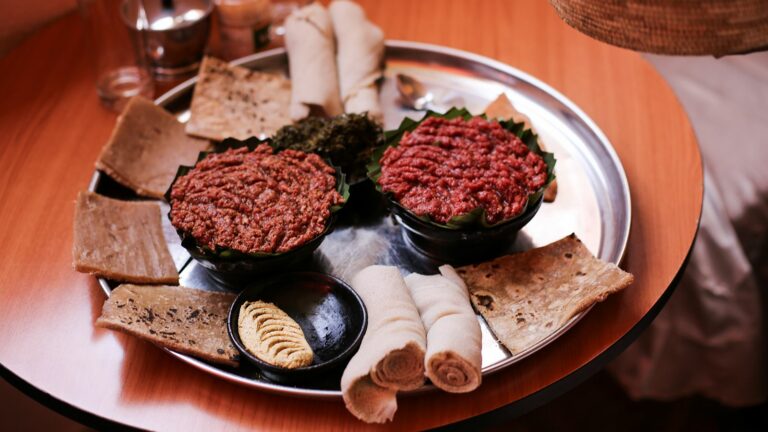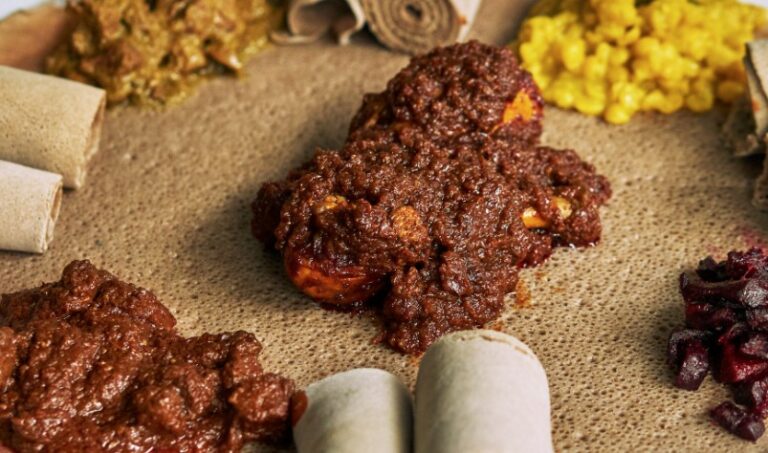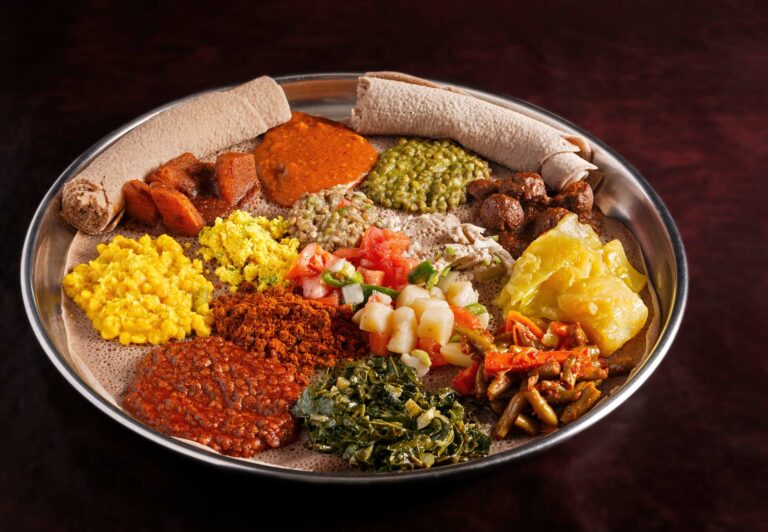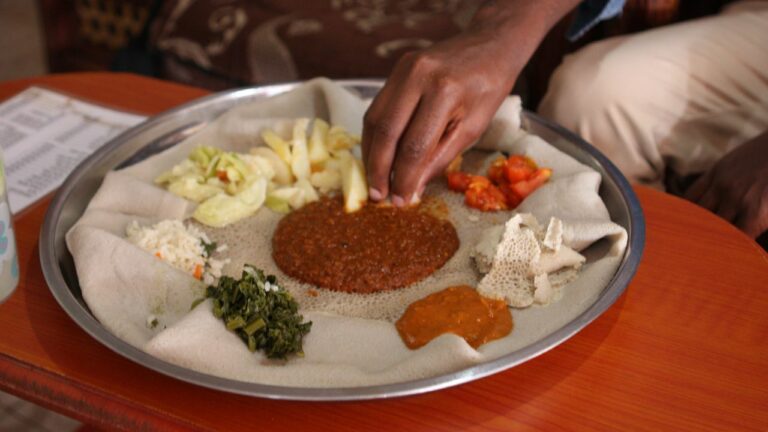Introduction: Ethiopia’s Rich Culinary Heritage
Ethiopia is a country with a rich culinary heritage and a diverse range of traditional spices. These spices are an essential part of the Ethiopian cuisine, adding flavor, aroma, and health benefits to the dishes. Ethiopian spices are known for their unique blend of bold and complex flavors, which are unmatched by any other cuisine in the world. These spices have been used for centuries in Ethiopian cooking, and their popularity is growing rapidly in other countries as well.
Berbere: The King of Ethiopian Spices
Berbere is a spice mixture that is often called the king of Ethiopian spices. It is a blend of chili peppers, garlic, ginger, coriander, cumin, cloves, and other spices. Berbere adds a distinct smoky, spicy, and slightly sweet flavor to dishes such as stews, soups, and grilled meats. It is a versatile spice that can be used in a variety of ways, and it is one of the most important ingredients in Ethiopian cuisine.
Mitmita: Hot and Spicy Seasoning
Mitmita is another popular spice in Ethiopian cuisine, known for its hot and spicy flavor. It is made from a blend of chili peppers, salt, and other spices such as cardamom, cloves, and cinnamon. It is commonly used in meat dishes, stews, and sauces. Mitmita is known for its intense heat, so it should be used sparingly to avoid overpowering the other flavors in the dish.
Nigella: The Secret Ingredient in Ethiopian Cuisine
Nigella is a lesser-known spice in Ethiopian cuisine, but it is a secret ingredient that adds a unique flavor and aroma to dishes. It is also known as black cumin or kalonji and is a small, black seed that is used in a variety of ways in cooking. It has a slightly bitter, nutty, and peppery flavor and is commonly used in spice blends and bread recipes.
Korarima: The Cardamom-Like Spice
Korarima is a spice that is similar to cardamom but has a distinct flavor that sets it apart. It is commonly used in Ethiopian coffee and spice blends, adding a warm, spicy flavor to the dishes. It is also used in stews, soups, and meat dishes to add depth and complexity to the flavors.
Rue: A Bitter Herb with a Long History
Rue is a bitter herb that has a long history in Ethiopian cuisine. It is used sparingly as an herb or a spice, adding a slightly bitter and tangy flavor to the dishes. Rue is also known for its medicinal properties, and it has been used for centuries to treat various ailments such as fever and indigestion.
Ginger: A Versatile and Flavorful Spice
Ginger is a spice that is commonly used in Ethiopian cuisine, adding a warm, spicy, and slightly sweet flavor to dishes. It is used in spice blends, marinades, and sauces, and it is also used to flavor tea and other beverages. Ginger is known for its health benefits, including its anti-inflammatory and digestive properties.
Fenugreek: The Sweet-Smelling Spice of Ethiopia
Fenugreek is a sweet-smelling spice that is commonly used in Ethiopian cuisine. It has a slightly bitter, nutty flavor and is used in spice blends, stews, and bread recipes. Fenugreek is also known for its medicinal properties, and it has been used for centuries to treat various ailments such as diabetes and high cholesterol. It is a versatile spice that adds a unique flavor and aroma to dishes.
In conclusion, Ethiopian cuisine is known for its rich and diverse range of traditional spices. These spices are an essential part of the Ethiopian culinary heritage, adding flavor, aroma, and health benefits to the dishes. Berbere, Mitmita, Nigella, Korarima, Rue, Ginger, and Fenugreek are just a few of the many spices that are used in Ethiopian cooking, each adding a unique flavor and aroma to the dishes. Whether you are a fan of spicy dishes or prefer milder flavors, Ethiopian cuisine has something to offer for everyone.





